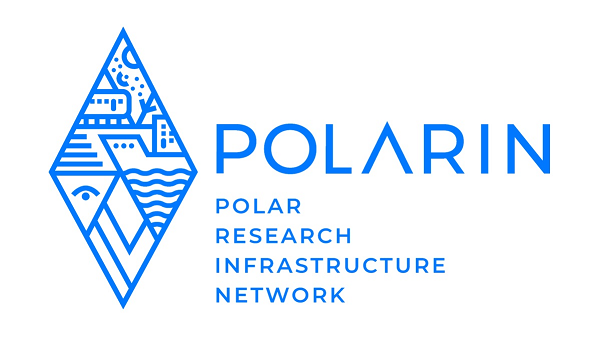
Tarfala Research Station med ett jättelångt namn som skall rymmas bredvid loggan
Address
Station address
(från fältet Station physical address)
Station manager
Manager name(från fältet Name of station manager, manager contact details)
E-mail: annika.kallen@umu.se
Contact Station
Phone: Station coordinator: Gunhild Rosqvist ,Tel: Tarfala 072-715 50 39 Stockholm U +46(0)8-164983(från fältet Station name and website)
E-mail: annika.kallen@umu.se
www.tarfala.su.se
Station Features
Opening year: 1946 Status: OpenStation name and owner
Tarfala Research Station is run by the Department of Physical Geography, Stockholm University, Sweden.<br /><br />(från fältet Station name and owner)
Location
Tarfala Research Station is located at 1130 m a.s.l. in the high-alpine Kebnekaise Mountains, northern Sweden. The catchment reaches from 700 to 2100 m a.s.l. and includes several small glaciers of which Storglaciären is extensively studied. The nearest settlement is the Sami village Nikkaluokta, 25 km southeast of the station. There is a mountain tourist station 7 km, and a tourist hut 1 km from Tarfala.
Climate data
Grey colours are WMO Climate Normals including maximum and minimum values. Blue colours are individual years.
Climate data for the stations where extracted via Copernicus Climate Data Store, from the global gridded reanalysis product:
ERA5 monthly averaged data on single levels from 1940 to present.
Description and source code: Roemer J.K. 2023. https://doi.org/10.5281/zenodo.10214922
Data Source: Hersbach et al. 2023. Copernicus Climate Change Service (C3S) Climate Data Store (CDS), https://doi.org/10.24381/cds.f17050d7
Biodiversity and natural environment
Tarfala Research Station is situated in a rapidly changing environment, which offers good opportunities for a variety of bio-geochemical studies. The Storglaciären is one of the best studied glaciers in the World. The long mass-balance record shows how the glacier responds to seasonal climate variability. The retreat of other local glaciers since the early 1900s is also well documented. Permafrost in the catchment is patchy in the lower parts of the valleys but is continuous at higher altitudes. The vegetation ranges from high-alpine flora to mountain birch forest at the tree-line. Wildlife in the area includes reindeer, moose, brown bear, wolverine, fox, hare, stoat, lemmings, and ptarmigan.
History and facilities
The measurements of mass balance on Storglaciären started in the spring of 1946. At that time the scientists used a simple tourist hut as base-camp. In the 1950s, a couple of buildings were built on the present location of the station. The facility could welcome the first students and international scientists in the early 1960s. Today, Tarfala Research Station is a modern facility offering research and education opportunities in a unique subarctic high-alpine setting. Tarfala has c. 25 beds for guests. Rooms with two to four beds are located in houses with running water and dry toilets. Included in the per diem price is breakfast, packed lunch, and dinner. There are no shops in the vicinity. Tarfala Research Station has a modern lecture hall and a well equipped workshop. Internet access via GSM antenna is provided.
General research and databases
Research at Tarfala Research Station focuses on the coupling between climate and glaciers, glacier dynamics, glacial hydrology, geomorphology, mountain meteorology, permafrost, vegetation development, and ecosystem changes, as well as biogeochemistry in ice, snow, water and soil. Tarfala Research Station has its own program for monitoring climate effects on the subarctic environment including glacier mass balance, mountain meteorology, glacial hydrology, snow-chemistry, permafrost, and ecosystem change. The data gives scientists unique and detailed information on the short- and long-term effects of Climate Change and is freely accessible.
Station Monitoring
Human dimension
The nearest village is Nikkaluokta, inhabited by c. 30, mainly Sami people.
Access
Tarfala is located c. 7 km from the Kebnekaise tourist station from where hiking and skiing to the station is possible. Local transport can be arranged from the nearest village, Nikkaluokta (25 km) to Tarfala by snowmobile in winter and by helicopter in summer. Nikkaluokta is located 60 km west of Kiruna, which can be reached by plane or train from Stockholm.




